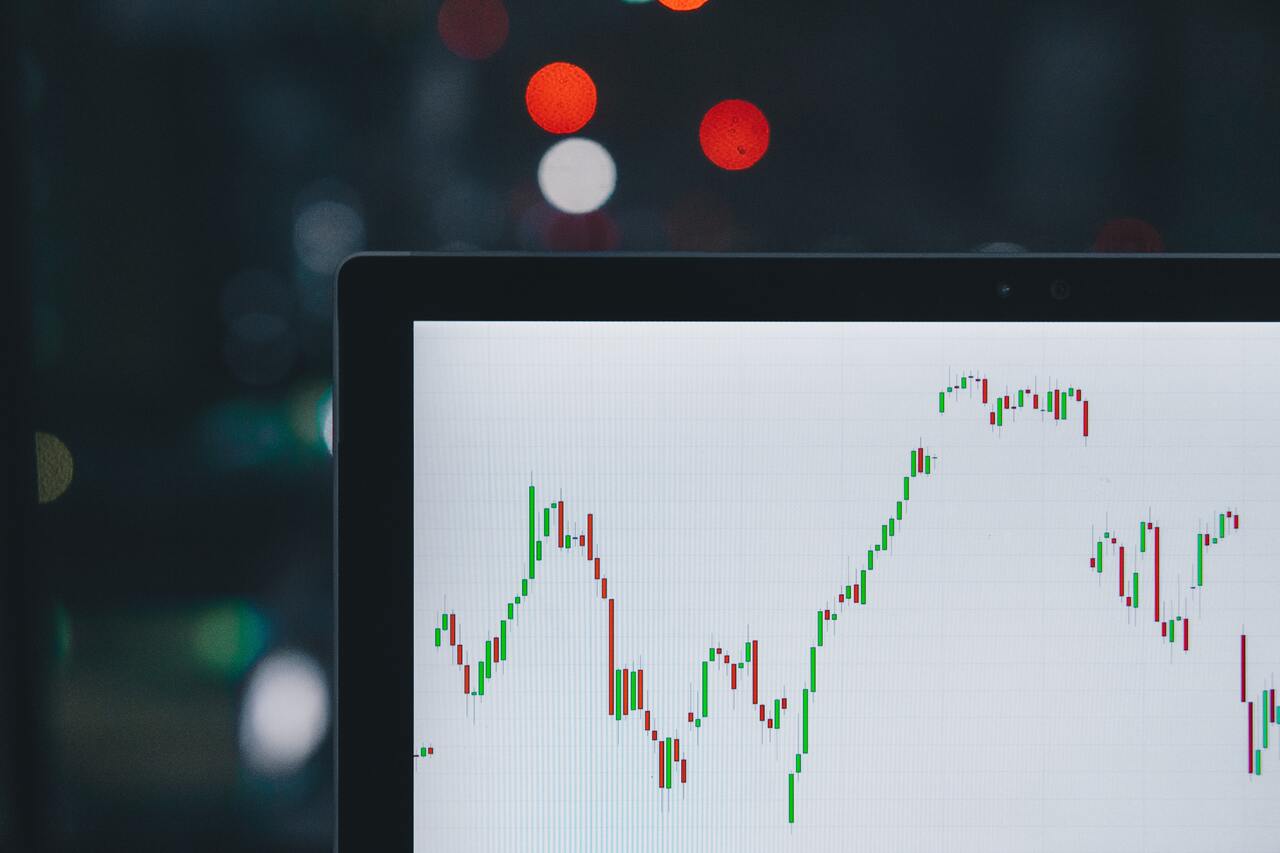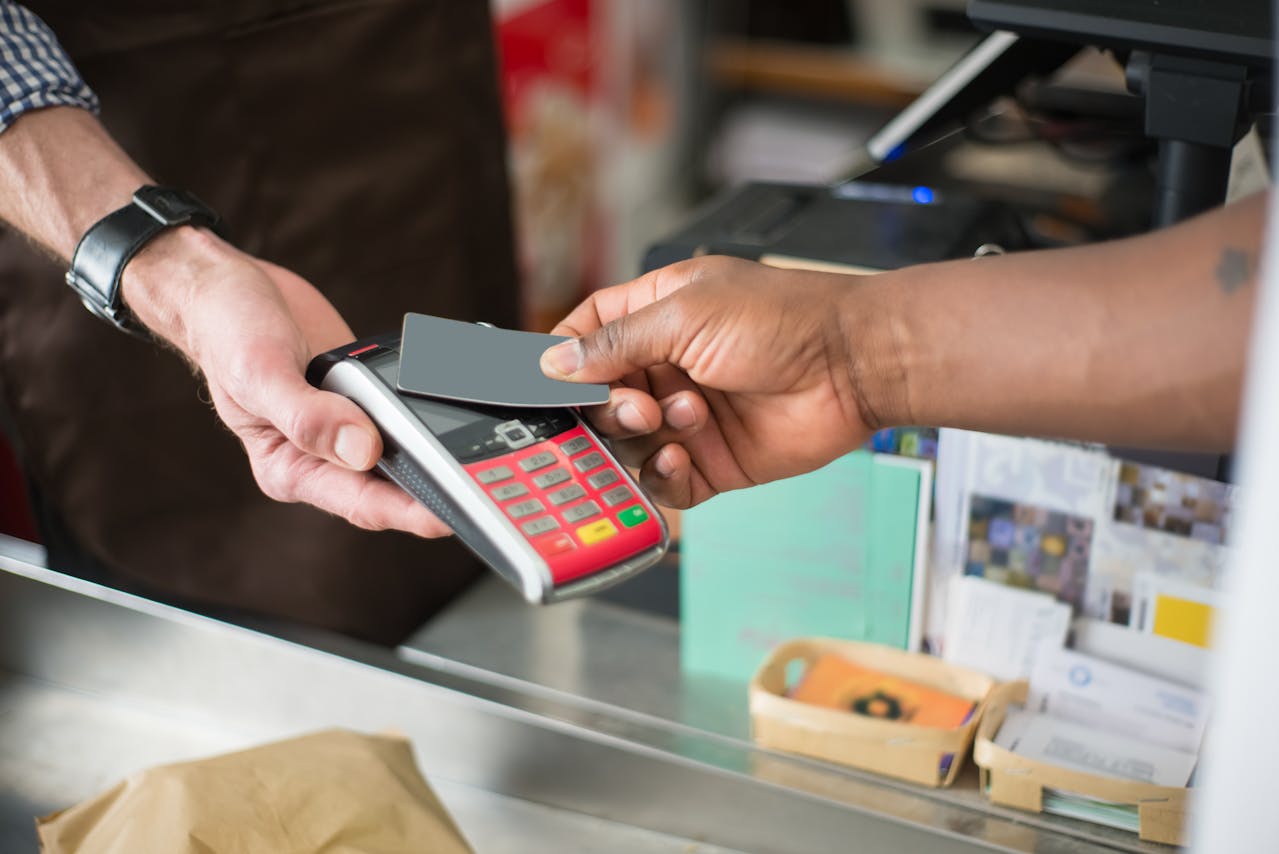

Southeast Asia is rapidly becoming an attractive Special Purpose Acquisition Companies (SPAC) investment destination. SPACs are blank-check companies that collect sponsors and investors to offer Initial Public Offerings (IPO) to eventually acquire a company, further simplifying the usually long and complex equity raising process in the capital market.
Tech companies have been the priority target for SPACs. They hold massive potential in leading the global competitive market through seamless innovation that many deem as impossible to be represented through the conventional Investment Bank (IB) methods such as multiples and fundamental analysis.
SPAC approaches have become popular alternatives to traditional IPO processes as it has a more flexible valuation method and faster timeframe. Most of the SPACs worldwide are listed in the U.S stock exchange, requiring them to acquire a private asset with a two-year deadline.
Among the many unicorns from Southeast Asia, Grab Holdings Inc and Traveloka are kickstarting their public presence through a SPAC sponsored by T.
Rowe Price and Temasek Holdings Pte valuation of USD 34 Billion, making it one of the largest deals of its kind. Indonesian unicorn Traveloka will follow a listing of USD 5 Billion through a SPAC owned by Richard Li and Peter Thiel.
The two deals will become the forefront of a chain of IPO from Southeast Asia's most valuable startups, ranging from Indonesian Gojek, Tokopedia, and Singapore's PropertyGuru.
Tech startups and investors see SPACs as a more efficient monetization option contrasting to the conventional IPO process. SPAC offers a relaxed approach in sectors with limited comparable firms and valuation uncertainties by determining the value through private negotiations between the sponsors and the target companies.

In 2020 alone, Asia-Pacific SPACs have raised USD 2.4 Billion, a significant increase from the prior year with USD 613 Million. There were 220 U.S. listed SPACs hunting target firms in Asia, as the region holds the scalable market and untapped private assets.
CITIC Group Corp's CITIC Capital Acquisition Corp has floated a USD 276 Million SPAC on the New York Stock Exchange, trying to explore high-potential companies in the sustainability sector.
Home to approximately 10th of the world's population and providing some of the fastest-growing economies, Southeast Asia did not have a single public major tech company until 2017 despite its significant tech-savvy population growth rates and investment-friendly government regulations. Research institutions have predicted the region's online spending to bounce rapidly to more than USD 300 Billion by 2025.
Previously, Southeast Asian markets were dominated by traditional sectors, namely financials, real estate, and commodities. However, tech companies are transforming the capital market through SPACs to raise funds and become the leading performer worldwide.
Two of the Indonesian most valuable tech startups, Gojek and Tokopedia, are in the process of merging to create the nation's largest internet company before a dual IPO. At the same time, Grab's public comings offer exciting opportunities for U.S investors to dip into Southeast Asia companies.
SPAC is not a new, disruptive innovation, but its popularity since 2020 has soared to an unbeatable record. It opens up whole new opportunities for Southeast Asian emerging markets that have long been overlooked, paving ways for tech companies to grow faster than ever.

Digital Lending in Southeast Asia: Current Trends and Future Outlook
Digital lending in Southeast Asia (SEA) has been on an upward trajectory, significantly enhancing financial access for both individuals and businesses. The region's high internet and mobile penetration rates have facilitated this growth, enabling more people to access financial services conveniently. Governments across SEA are actively promoting digital lending as a means to improve financial inclusion, particularly for the underbanked and unbanked populations. For instance, digital lenders in countries like Indonesia and the Philippines have capitalized on the surge in internet usage to offer innovative lending solutions.

The Latest Trends and Developments in SEA’s Digital Payments Landscape
The adoption of digital payments in Southeast Asia (SEA) has accelerated, driven by technological advancements, government initiatives, and changing consumer behaviors. It has evolved from simple online transactions to sophisticated financial ecosystems that include various payment methods such as mobile wallets, QR code payments, and Buy Now Pay Later (BNPL) options.

Navigating the Digital Era: Future Jobs and Skills in the Age of Digitalization
The job market's transformation driven by digitalization highlights the need to understand emerging trends and acquire essential skills for thriving.

Navigating Key Challenges in Southeast Asia’s EV Market
Southeast Asia (SEA) finds itself at a crucial juncture in the journey towards electric vehicle (EV) production and adoption as the world transitions towards sustainable transportation solutions. The region has several significant keys for developing the EV industry, such as Indonesia's nickel supply and Thailand's EV manufacturing potential. However, the ASEAN EV industry faces many challenges and threats that must be overcome to ensure success in the region.